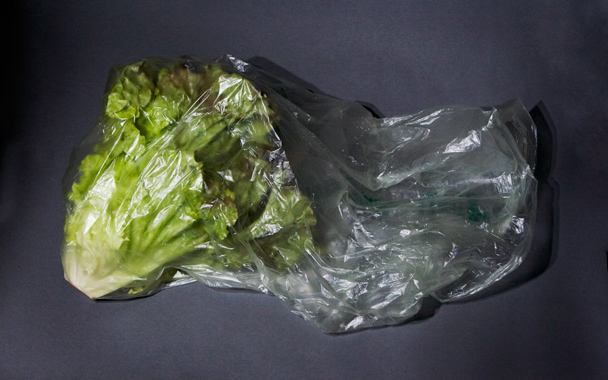Two More Myths Bite the (Organic) Dust
Ready for this week’s pop quiz? True or false:
- Organic agriculture is less productive than conventional agriculture.
- Organic farm products are nutritionally equivalent to conventional products.
If you answered “True” to either question, you’re wrong. But you’re forgiven: Until very recently, the consensus was that organic farming practices produced less food per acre than chemically enhanced growing techniques, and that conventionally produced foods were pretty much the same as organic when it came to nutrition. But a pair of studies released over the past month have turned the generally accepted wisdom on its head.
A paper published in the Agronomy Journal by a University of Wisconsin team showed that plots of organic forage crops (food for livestock) yielded just as much as non-organic fields; and that organic corn, wheat, and soybean plantings yielded 90 percent as much food as their conventional counterparts—and up to 99 percent as much for some organic growers.
And all that efficiently produced organic bounty is better for you. The Organic Center has just released the results of a sweeping meta-analysis of peer-reviewed scientific studies analyzing the nutritional value of organic vs. conventional food. The result? Organic wins, particularly when it comes to important micronutrients. The reason no one discovered this earlier, according to the review’s authors, was that until 2000, very few scientists had looked into the question.
If you don’t care to slog through the text of the studies, Tom Philpott, a contributor to the environmental news site Grist and co-owner of Maverick Farms in North Carolina, does his usual bang-up job of explaining and encapsulating the two groups’ research in a recent post.
So if technology and agrichemicals gave us the Green Revolution, what’s this trend to be called? The Greener Revolution?
Getting the Dirt on Cut Greens
It’s not your imagination. Instances of food poisoning from contaminated leafy vegetables are on the rise.
But until a couple of weeks ago, there was some debate about whether the increase was attributable to Americans’ growing appetite for lettuce, mesclun, spinach, and the like, or to the fact that the greens we’re eating are more likely to be contaminated by bacteria and viruses.
Michael Lynch of Atlanta’s Center for Disease Control examined nearly 500 illness outbreaks linked to greens between 1973 and 2006. He expected that any rise in contamination could be explained away by increased consumption and/or better surveillance.
He found that between 1986 and 1995, Americans upped their intake of greens by 17 percent from the previous decade, but illness from greens increased by 60 percent. The same held true for the decade between 1996 and 2005: Consumption rose another nine percent, and illness shot up by nearly 39 percent.
The Food and Drug Administration is supposed to be keeping our vegetables safe. I hope someone over there is paying close attention to Dr. Lynch’s work.
But Were They Organic Shards?
Consumers who dipped their spoons into six-ounce cups of Stonyfield Organic Fat Free Blueberry yogurt (the name alone is quite a mouthful) got more than they bargained for—gritty little fragments of glass and plastic.
No one was hurt, but the debacle—still unexplained—caused the company to recall the product earlier this week. It was the first recall in the history of the politically correct organic pioneer, and applies to containers dated April 13, 14, 15, 25, and 26.


